 ORAU: Then & Now
ORAU: Then & Now
ORAU: Then & Now is an excellent resource to explore how our people, programs, and partnerships are driving meaningful impact, serving our nation, and enhancing global competitiveness in areas such as STEM education, workforce solutions, exposure science, health education, disaster preparedness, forensic science, and more.
Discover our rich history, which traces back to the Manhattan Project during World War II, and learn how we continue to address critical national needs in science, health, and education.
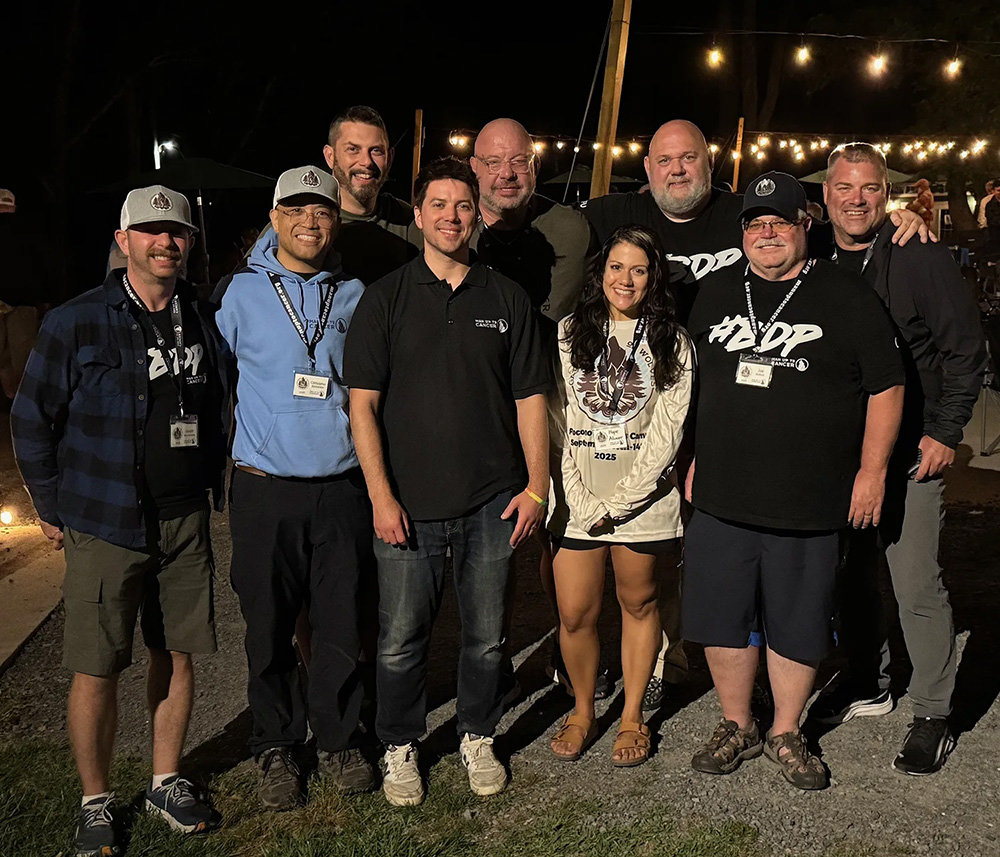
While there has been a lot of research on the benefits of peer-to-peer support for women facing cancer, that has not been the case with men. ORAU stepped into this research gap and funded a one-year pilot study looking at peer support intervention for men facing cancer.
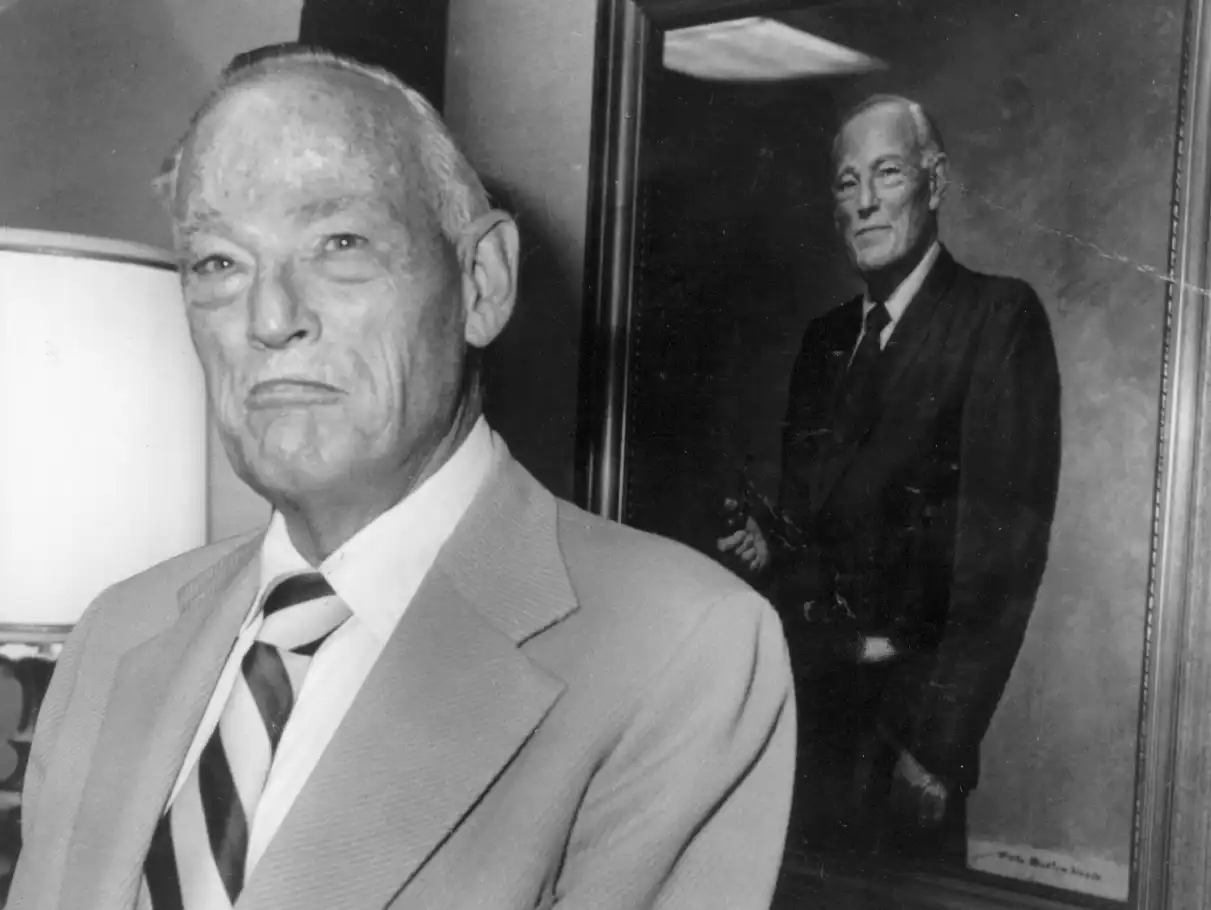
Throughout history, few individuals have held the diverse titles of nuclear physicist, author, teacher, administrator and Episcopal priest all at once. Yet, William Grosvenor Pollard (1911-1989) uniquely embodied this remarkable combination. Over the course of his 40-year career, these seemingly divergent roles often intersected, showcasing his multifaceted brilliance.
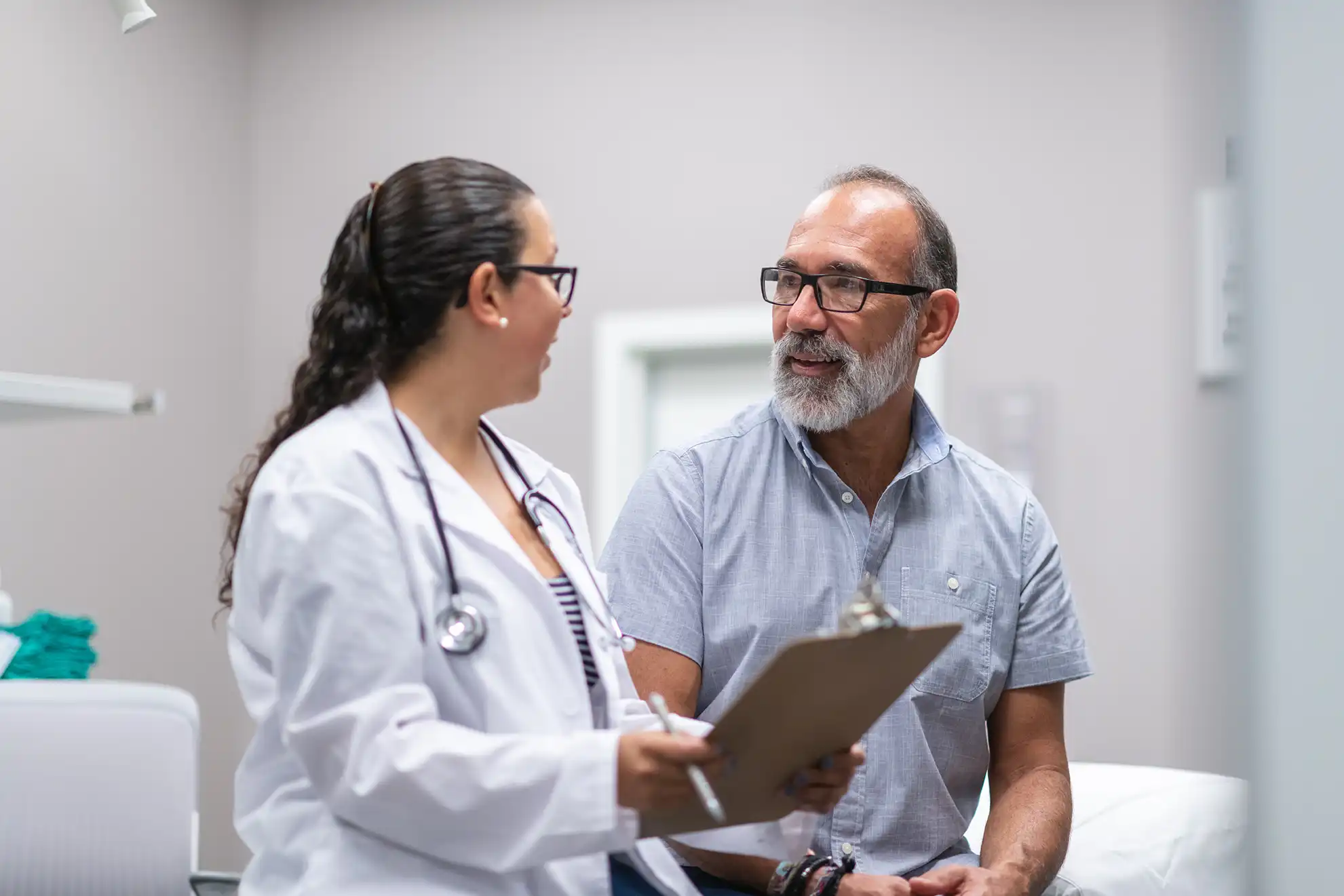
The National Supplemental Screening Program (NSSP) is an occupational health services program designed to provide free medical screening services to U.S. Department of Energy (DOE) former workers who may have been exposed to hazardous substances during their employment.
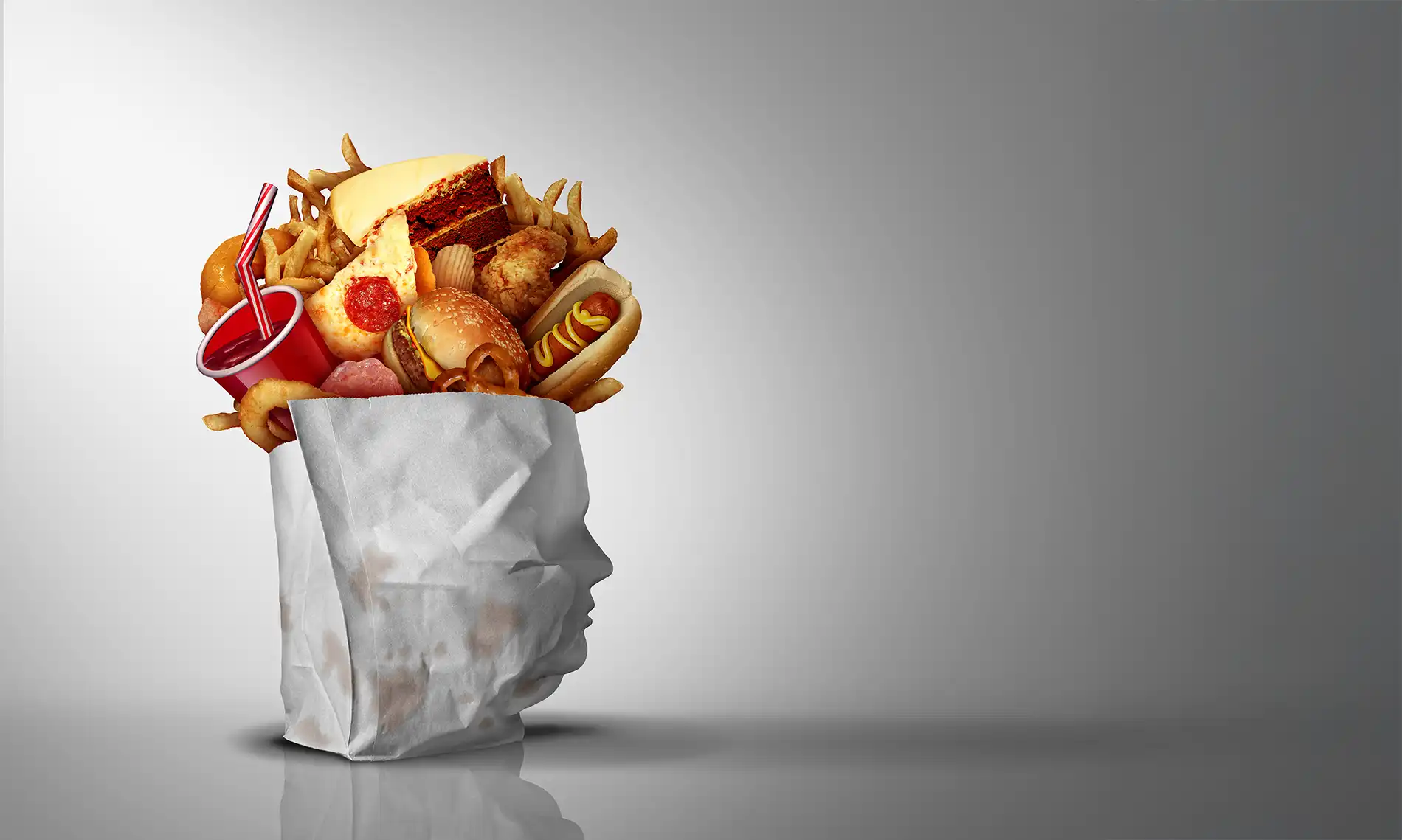
Explore how social listening reveals public perceptions of ultra-processed foods and their impact on health. Learn how ORAU experts analyze online conversations to shape effective health communication strategies and drive change toward healthier eating habits.

Discover how ORAU Workforce Solutions leverages AI to enhance recruitment while maintaining the human touch. Chelsea Hill shares insights on hiring trends, specialized STEM talent and career transitions in a rapidly evolving job market.
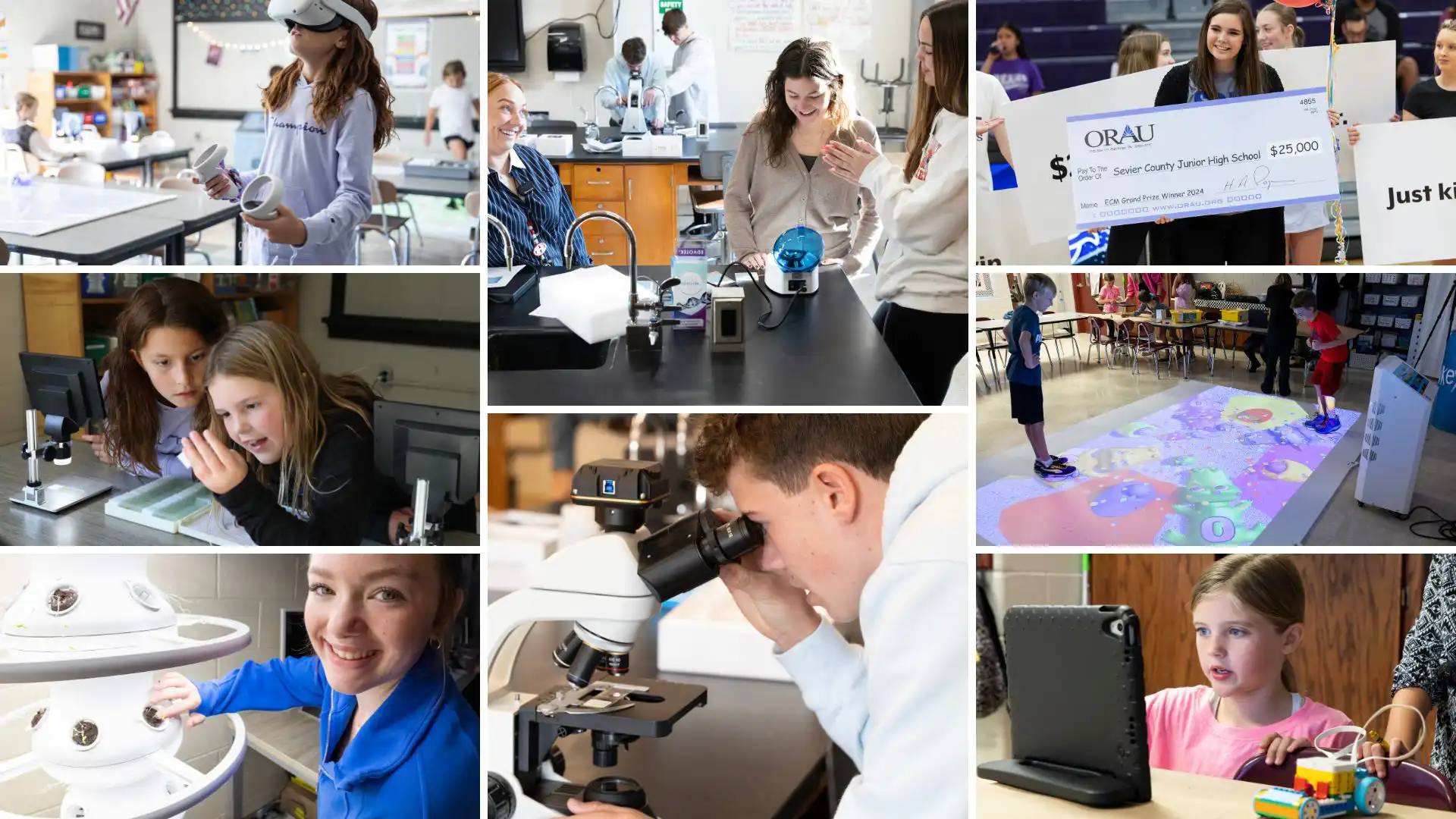
After 17 years of offering ORAU’s Extreme Classroom Makeover, we’ve learned a thing or two about what keeps teachers from going for it. Whether you’re dreaming of cutting-edge tools or a complete technological transformation, follow these tips to maximize your chances of winning.
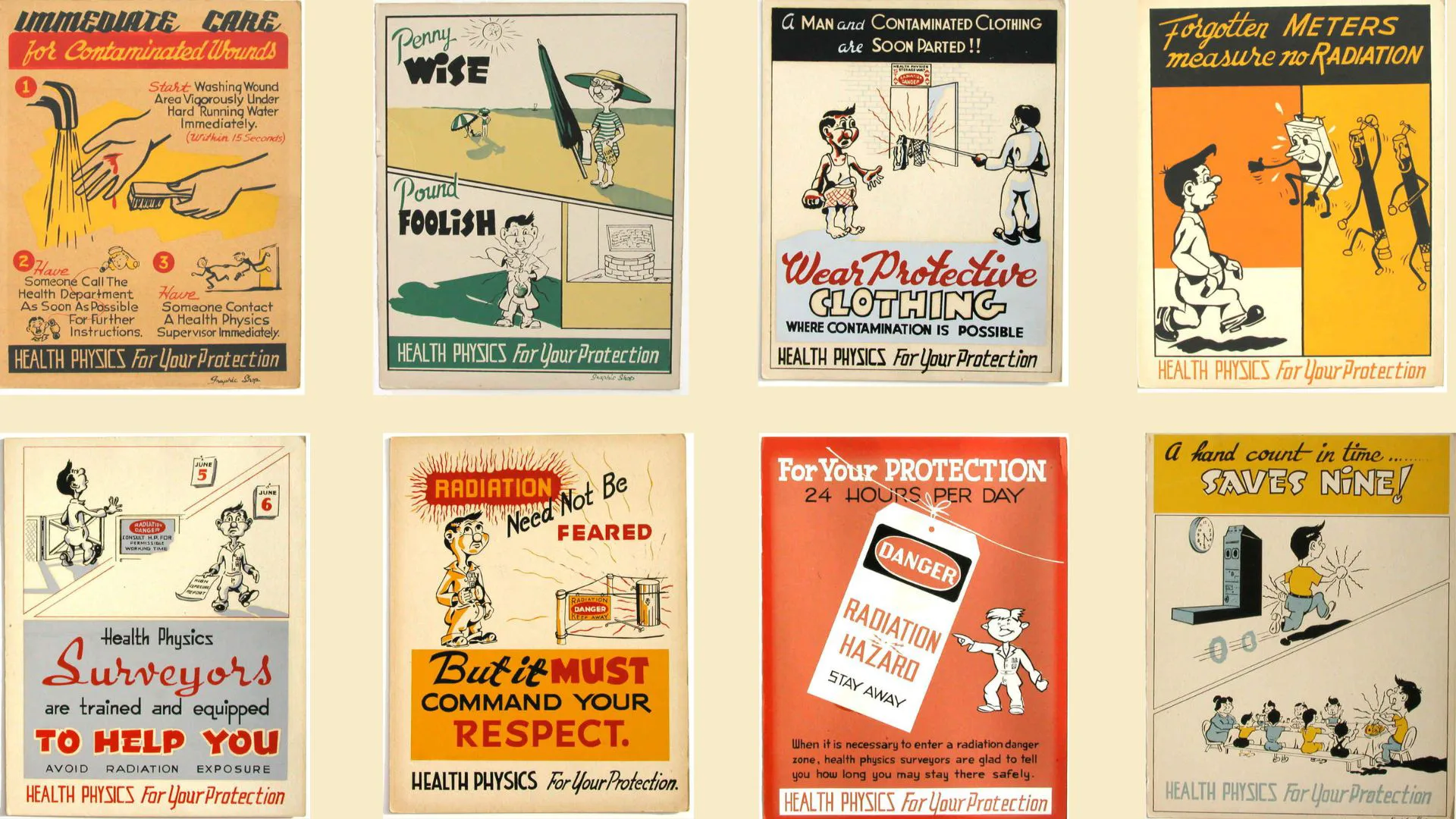
The advancement of nuclear technology introduced hazardous challenges, especially to an uneducated workforce. To address the need to promote safe practices ORNL created a series of health physics posters in 1947 that would help instruct and promote a culture of safety.